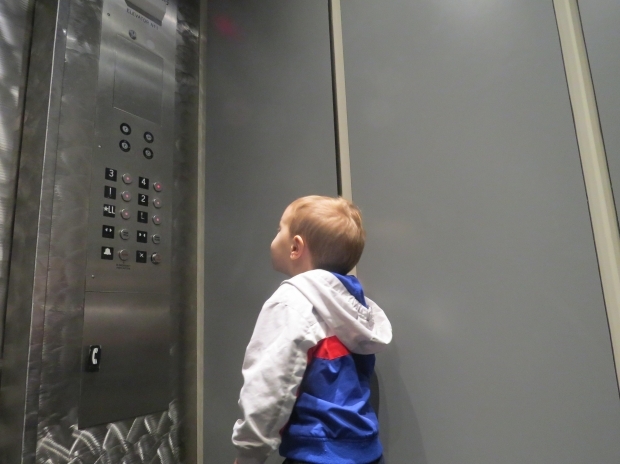Elevators today are a standardized part of any multi-storey residential or commercial building. They enable safe deliveries, and make the buildings accessible for people with disabilities and the elderly. The first elevators used to require manual operation and were used to lift freights in warehouses and manufacturing plants. The modern elevator structure is considered to be a descendant of Elisha G. Otis’s design first presented at the New World’s Fair in 1853. This design included a safety device that held the elevator even if hosting cables broke.
Steam-powered elevators were used until 1871, when the first hydraulic elevators were introduced. In major cities, hydraulic piping infrastructure was built to supply these elevators with power. Electric elevators were introduced 18 years later, when electrical power was gaining a more widespread usage. The first elevator installed in Toronto was at the Eaton’s Centre in 1886. Electrically powered elevators quickly replaced the need for the hydraulic infrastructure. While hydraulic elevators were limited in terms of how high they could rise, electric elevators made use of a simple pulley and cable system with virtually no height limit.
Today, geared motors are used for the elevators to move at higher speeds and higher heights. In the 1950s, automated control systems replaced manual controls that required human operators to regulate the speed of the elevator and its stops. These new controls are what we now see in the form of automatic pushbutton systems. Any elevator installer in Toronto and around the world is thus concerned with control system design and functionality because it is one of the main features that enable smooth operation of the elevator.








